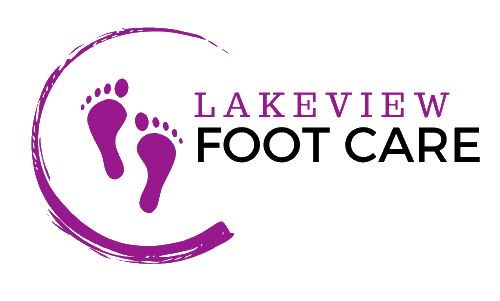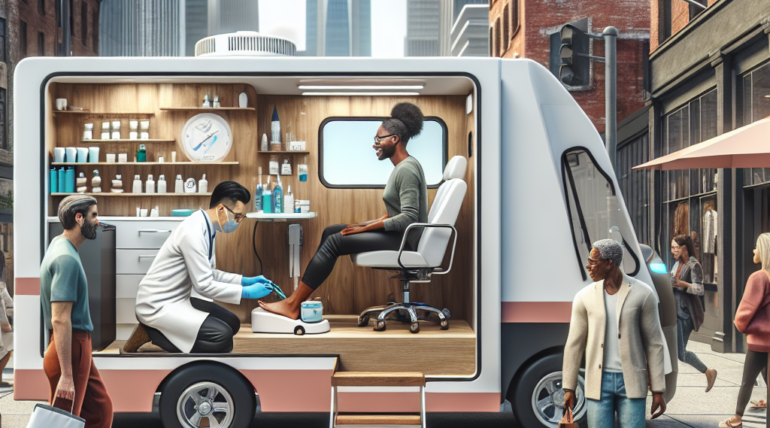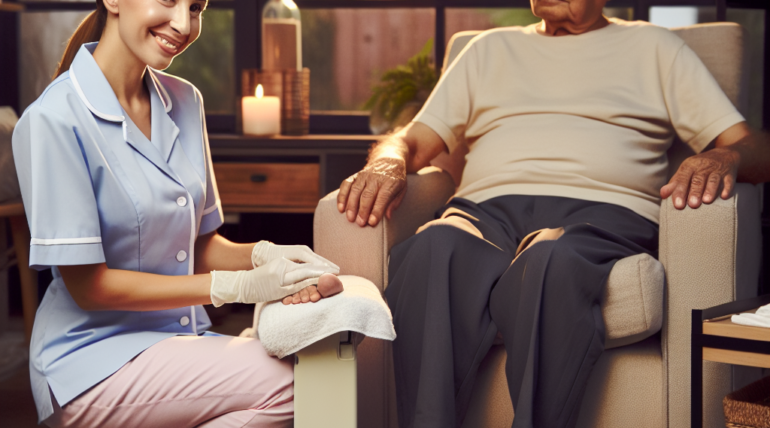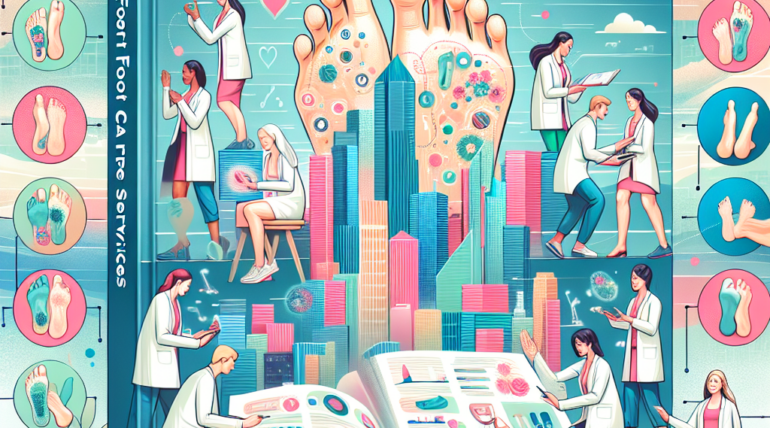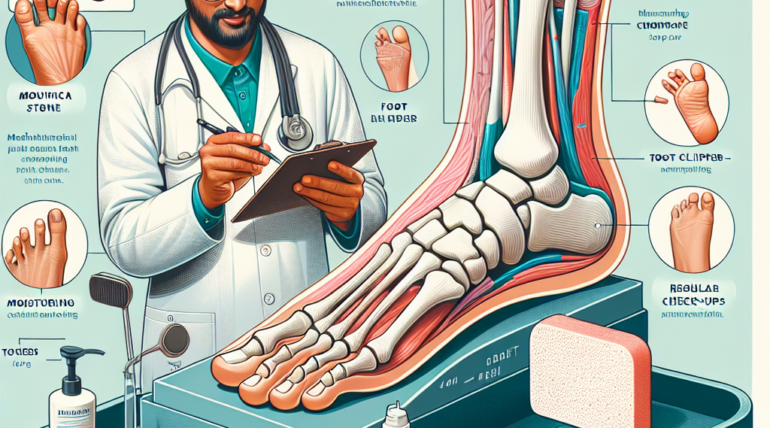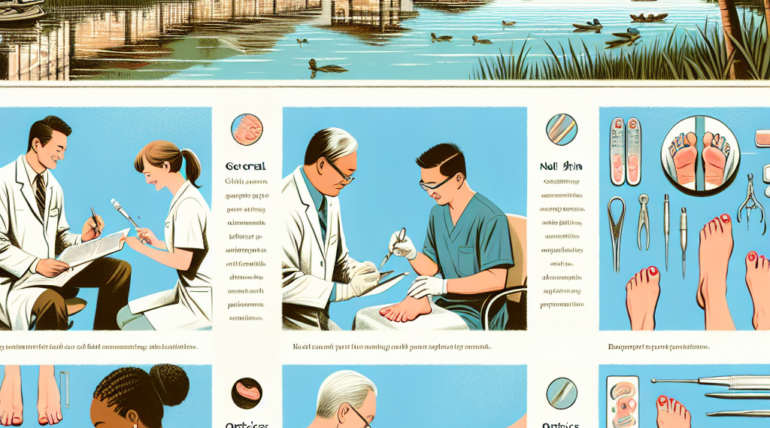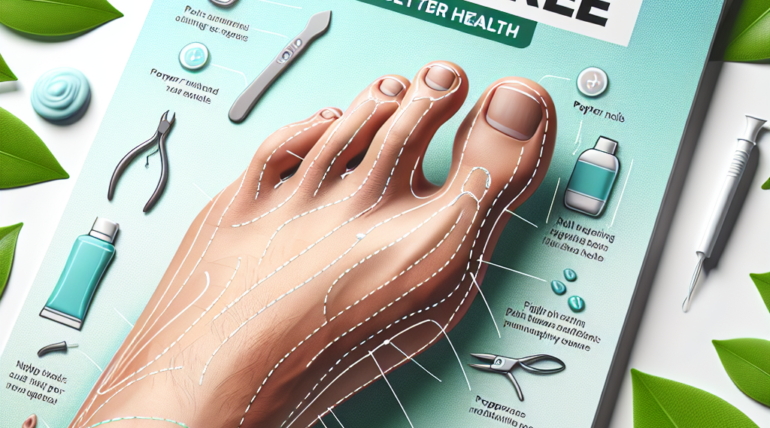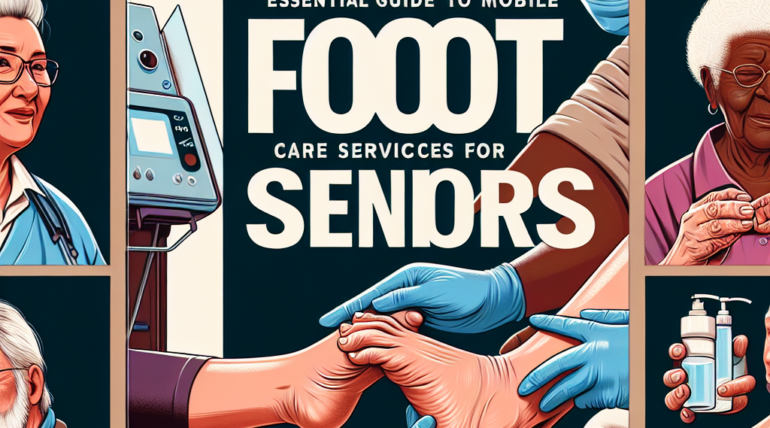Finding Professional Mobile Foot Care Services Near You
Finding professional mobile foot care services near you is essential for maintaining foot health, especially for those with chronic conditions or mobility issues. Many individuals underestimate the significance of proper foot care, which can lead to discomfort, pain, and other serious
Read More